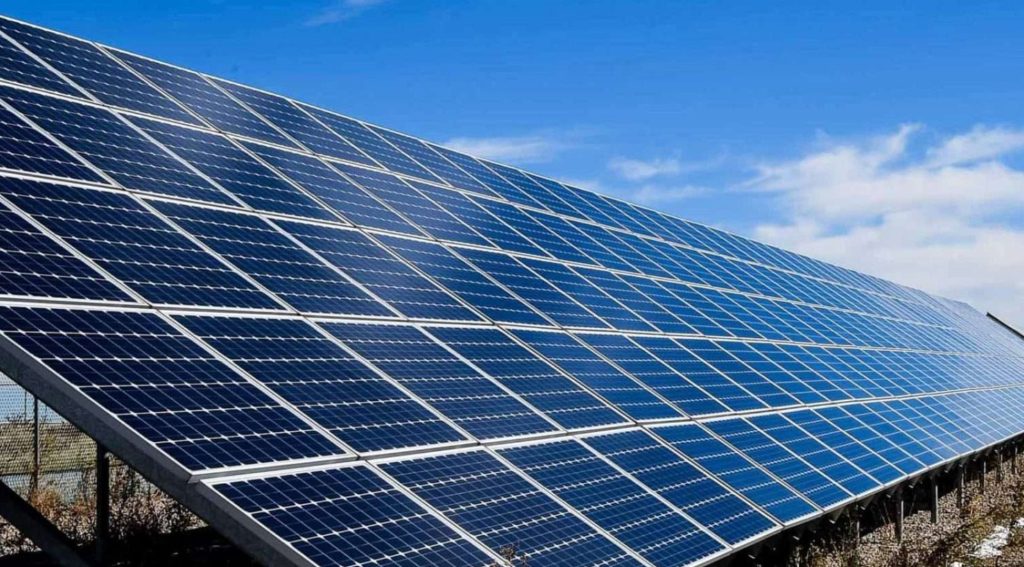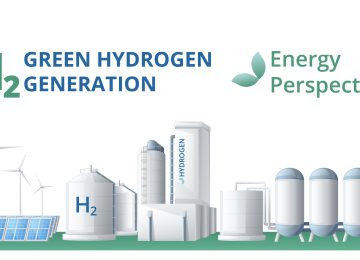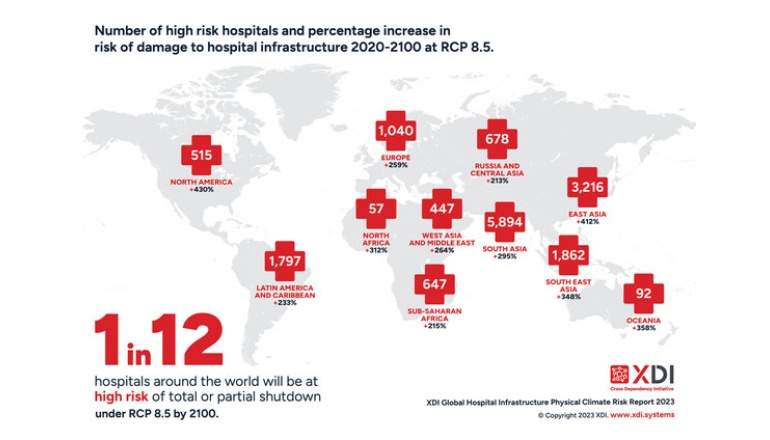A new study published in the journal Energy and Climate Change suggests that India’s solar energy potential could face a substantial decline due to climate change.
The research, conducted by academics at Savitribai Phule Pune University, found that rising greenhouse gas emissions may reduce surface solar radiation (SSR)—the energy that reaches the Earth’s surface—in key regions of the country.
Projections for a warming future:
According to the study, different emissions scenarios would lead to varying impacts on India’s solar resources. Under a high-emission scenario (SSP5–8.5), SSR could fall by up to 10% in central, southern, and eastern India. The study’s authors link these reductions to increased atmospheric turbidity and more frequent post-monsoon cloud cover, both of which can hinder solar power generation.
Under a low emission scenario, most regions of India would see only minor SSR reductions of 0.5% to 1% per decade.
The study found that in contrast to other regions, northwestern India shows more stable solar potential.
“Our results suggest that solar developers need to look beyond annual averages and consider regional and temporal variability in solar radiation,” said Ashwin Jadhav, a doctoral researcher at the Department of Atmospheric and Space Sciences, Savitribai Phule Pune University.
Implications for energy goals:
The study emphasizes that these projected declines could pose a significant challenge to India’s ambitious clean energy targets.
The nation has been rapidly expanding its solar capacity, which reached 123,130 megawatts as of August 31, 2025. However, this capacity has not yet fully translated into consistent generation, a gap that climate change could further widen. The research highlights the need for a climate-resilient energy strategy, including the use of advanced forecasting and hybrid systems.
Jadhav further explained that developers “should also consider the projected long-term decline or stagnation in solar availability when planning the lifespan of solar photovoltaic farms.”
The study’s co-author, Rohini Lakshman Bhawar, an assistant professor at Savitribai Phule Pune University, stated that high-resolution solar projections are essential to guide solar park siting and grid integration. The researchers developed a new high-resolution dataset for India’s SSR to better assess future potential and aid in long-term planning.











